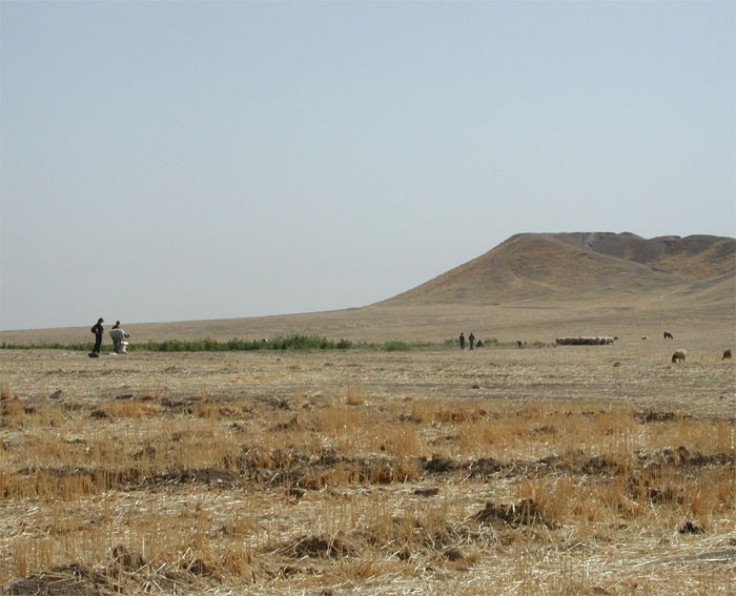Researchers Discover Thousands Of Early Human Settlements In Syria

Researchers discovered 9,000 potential early human settlements in Syria using 1960s-era spy satellite imagery and new computer software that estimates signs of human activity, according to a new study.
Anthropologists digitally scanned 8,800 square miles (23,000 square kilometers) for human settlements over the course of three years. The area would typically take a lifetime for ground surveys, according to the study.
With these computer science techniques, we can immediately come up with an enormous map which is methodologically very interesting, but which also shows the staggering amount of human occupation over the last 7,000 or 8,000 years, Jason Ur, lead researcher and associate professor of anthropology at Harvard University, told BBC News. What's more, anyone who comes back to this area for any future survey would already know where to go.
The comprehensive maps will allow researchers to uncover long-term trends in human history, the researchers wrote.
Traditional archaeology goes straight to the biggest features - the palaces or cities - but we tend to ignore the settlements at the other end of the social spectrum, Ur told Nature. The people who migrated to cities came from somewhere; we have to put these people back on the map.
Human civilization leaves a distinct footprint called anthrosol, which is a type of soil modified by human activity such as the addition of organic waste or irrigation, according to the study. Anthrosols reflect light differently than the surrounding soil - a property that allows them to be seen by satellites, the researchers wrote.
Researchers also searched for mounds called tells, which are created when residents build on top of older structures.
Researchers created a program that searches for anthrosols and mounds in old satellite photos and found 9,000 potential human settlements. While the researchers would like to excavate some of the sites, the political situation in Syria is putting that on hold. Instead, they will conduct further research in the Kurdish province of northern Iraq and follow that up with excavations, the Ur told the BBC.
The Proceedings of the National Academy of Sciences published the study on Monday.
© Copyright IBTimes 2024. All rights reserved.











